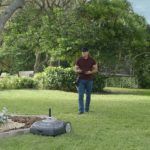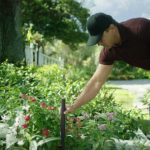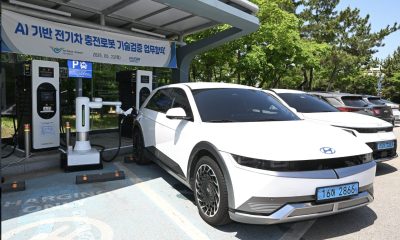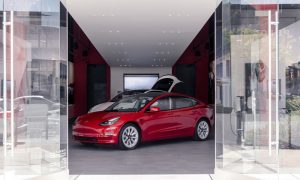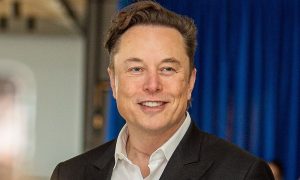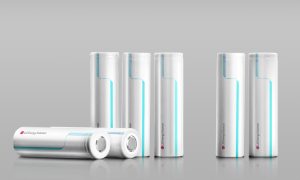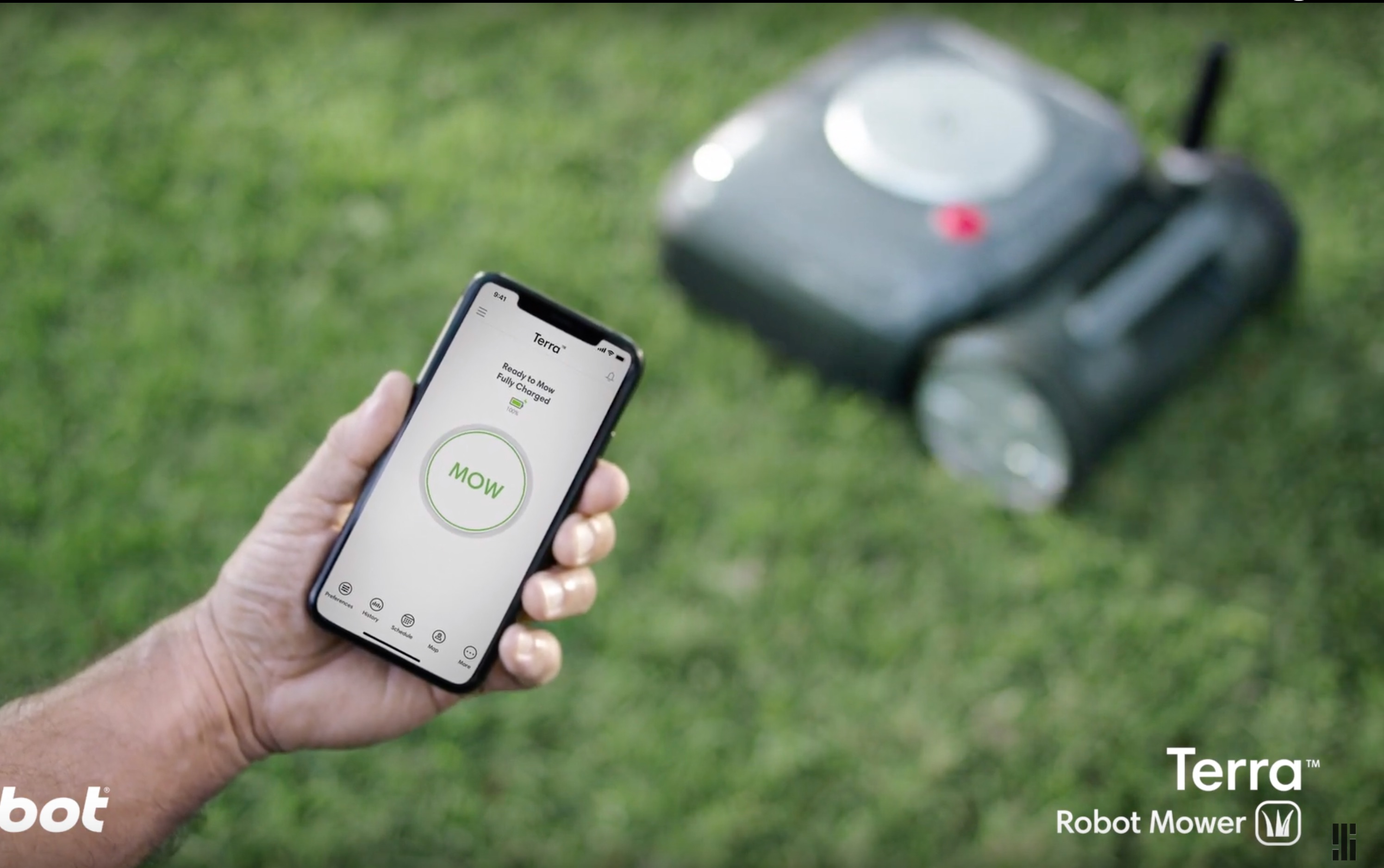

News
iRobot is going outdoors with an autonomous Roomba lawn mower with smart mapping tech
Mowing the lawn can quickly get in the way of summer fun, just like vacuuming and mopping interfere with just about anything else you might rather be doing. Never fear, iRobot, the company that brought you the Roomba robotic vacuum cleaner and Braava electronic mop, has been listening. Yesterday, the robotic chore solution company announced its launch of Terra, an intelligent lawn mower ready to do your outdoor bidding. According to iRobot’s press release, it will be on sale in Germany and the US, the latter being through a beta program only; however, no exact release date has been provided.
To accomplish its yard travels, iRobot’s Imprint Smart Mapping technology, which is arguably one of the features that made Roomba so popular, has been incorporated into Terra’s functionality. The new grass buster also has some other convenience features in common with its indoor cousins: It recharges on its own by returning to a docking base and can be controlled via an app on either a smartphone or digital assistant. For its more unique features, Terra’s designers relied on the current masters of lawn care for inspiration: humans.
Rather than follow any sort of random get-it-done movement path a Roomba might follow to clean a floor, Terra has a preprogrammed pattern modeled after the straight, back-and-forth lines typically used for mowing. If the battery is running low, the robot returns to its base to recharge, picking up where it left off until its task is complete. The grass cut length is also programmable for heights of about 1″ to about 2.5″, but it should be noted that Terra’s function focus being on maintenance over heavy cut jobs.
- The new iRobot Terra robotic lawn mower. | Credit: iRobot Corp.
- The new iRobot Terra robotic lawn mower during install. | Credit: iRobot Corp.
- Beacons used when installing iRobot’s Terra robot lawn mower. | Credit: iRobot Corp.
The weather isn’t lost on this outdoor helper, either. Terra has been designed with rugged features so that rainy conditions – and by extension, tough terrain – will not prevent it from doing its job. As for grass clippings? There aren’t any or at least any that need to be hauled off to the trash like classic lawn mowers. Sliced blades of grass are refined into tiny mulch bits that double as fertilizer.
Of course, iRobot isn’t the first company to venture into automated lawn maintenance solutions. Swedish manufacturer Husqvarna’s Automower robotically maintains lawns using frequent trips around a programmed area, naturally fertilizes soil with miniscule clippings, mows any time of day and in inclement weather, resists theft with a built-in alarm, and is controlled via app using smartphone or digital assistant. It uses an installed boundary line for yard area detection, however, making set-up more complicated than regular operation. German outdoor product manufacturer GARDENA and Wisconsin-based McCullough Motors have their own lawn robots as well – the SILENO and ROB R1000, respectively, with similar features as well as a required boundary line.
After a survey of the lawn robot market, iRobot took aim to eliminate costly and labor-intensive ground wiring which is required to operate other auto mowers. For Terra, the company developed a wireless communications system incorporating standalone beacons, enabling users to simply program their lawn’s boundary line after placing the beacons around their yard. The intelligent detection software developed by iRobot for its other robotic household helpers combined with a simpler installation process may just give the company an edge over its established competitors in the lawn bot arena.
Read iRobot’s full Terra Press Release.
News
Tesla begins Robotaxi certification push in Arizona: report
Tesla seems serious about expanding its Robotaxi service to several states in the coming months.

Tesla has initiated discussions with Arizona transportation regulators to certify its driverless Robotaxi service in the state, as per a recent report from Bloomberg News. The move follows Tesla’s launch of its Robotaxi pilot program in Austin, Texas, as well as CEO Elon Musk’s recent comments about the service’s expansion in the Bay Area.
The Arizona Department of Transportation confirmed to Bloomberg that Tesla has reached out to begin the certification process for autonomous ride-sharing operations in the state. While details remain limited, the outreach suggests that Tesla is serious about expanding its driverless Robotaxi service to several territories in the coming months.
The Arizona development comes as Tesla prepares to expand its service area in Austin this weekend, as per CEO Elon Musk in a post on X. Musk also stated that Tesla is targeting the San Francisco Bay Area as its next major market, with a potential launch “in a month or two,” pending regulatory approvals.
Tesla first launched its autonomous ride-hailing program on June 22 in Austin with a small fleet of Model Y vehicles, accompanied by a Tesla employee in the passenger seat to monitor safety. While still classified as a test, Musk has said the program will expand to about 1,000 vehicles in the coming months. Tesla will later upgrade its Robotaxi fleet with the Cyercab, a two-seater that is designed without a steering wheel.
Sightings of Cybercab castings around the Giga Texas complex suggests that Tesla may be ramping the initial trial production of the self-driving two-seater. Tesla, for its part, has noted in the past that volume production of the Cybercab is expected to start sometime next year.
In California, Tesla has already applied for a transportation charter-party carrier permit from the state’s Public Utilities Commission. The company is reportedly taking a phased approach to operating in California, with the Robotaxi service starting with pre-arranged rides for employees in vehicles with safety drivers.
News
Tesla sets November 6 date for 2025 Annual Shareholder Meeting
The automaker announced the date on Thursday in a Form 8-K.
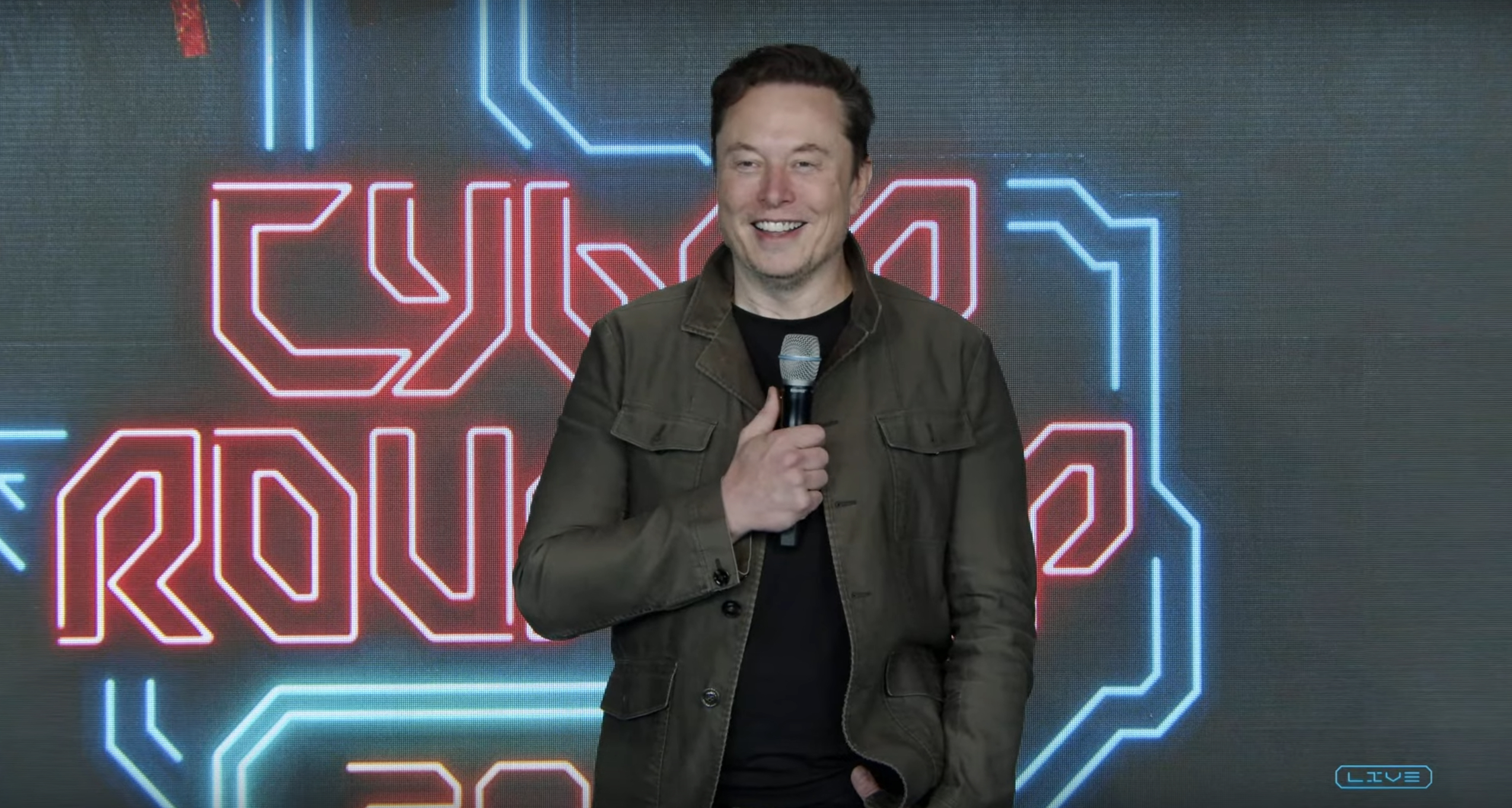
Tesla has scheduled its 2025 annual shareholder meeting for November 6, addressing investor concerns that the company was nearing a legal deadline to hold the event.
The automaker announced the date on Thursday in a Form 8-K submitted to the United States Securities and Exchange Commission (SEC). The company also listed a new proposal submission deadline of July 31 for items to be included in the proxy statement.
Tesla’s announcement followed calls from a group of 27 shareholders, including the leaders of large public pension funds, which urged Tesla’s board to formally set the meeting date, as noted in a report from The Wall Street Journal.
The group noted that under Texas law, where Tesla is now incorporated, companies must hold annual meetings within 13 months of the last one if requested by shareholders. Tesla’s previous annual shareholder meeting was held on June 13, 2024, which placed the July 13 deadline in focus.
Tesla originally stated in its 2024 annual report that it would file its proxy statement by the end of April. However, an amended filing on April 30 indicated that the Board of Directors had not yet finalized a meeting date, at least at the time.
The April filing also confirmed that Tesla’s board had formed a special committee to evaluate certain matters related to CEO Elon Musk’s compensation plan. Musk’s CEO performance award remains at the center of a lengthy legal dispute in Delaware, Tesla’s former state of incorporation.
Due to the aftermath of Musk’s legal dispute about his compensation plan in Delaware, he has not been paid for his work at Tesla for several years. Musk, for his part, has noted that he is more concerned about his voting stake in Tesla than his actual salary.
At last year’s annual meeting, TSLA shareholders voted to reapprove Elon Musk’s compensation plan and ratified Tesla’s decision to relocate its legal domicile from Delaware to Texas.
Elon Musk
Grok coming to Tesla vehicles next week “at the latest:” Elon Musk
Grok’s rollout to Tesla vehicles is expected to begin next week at the latest.
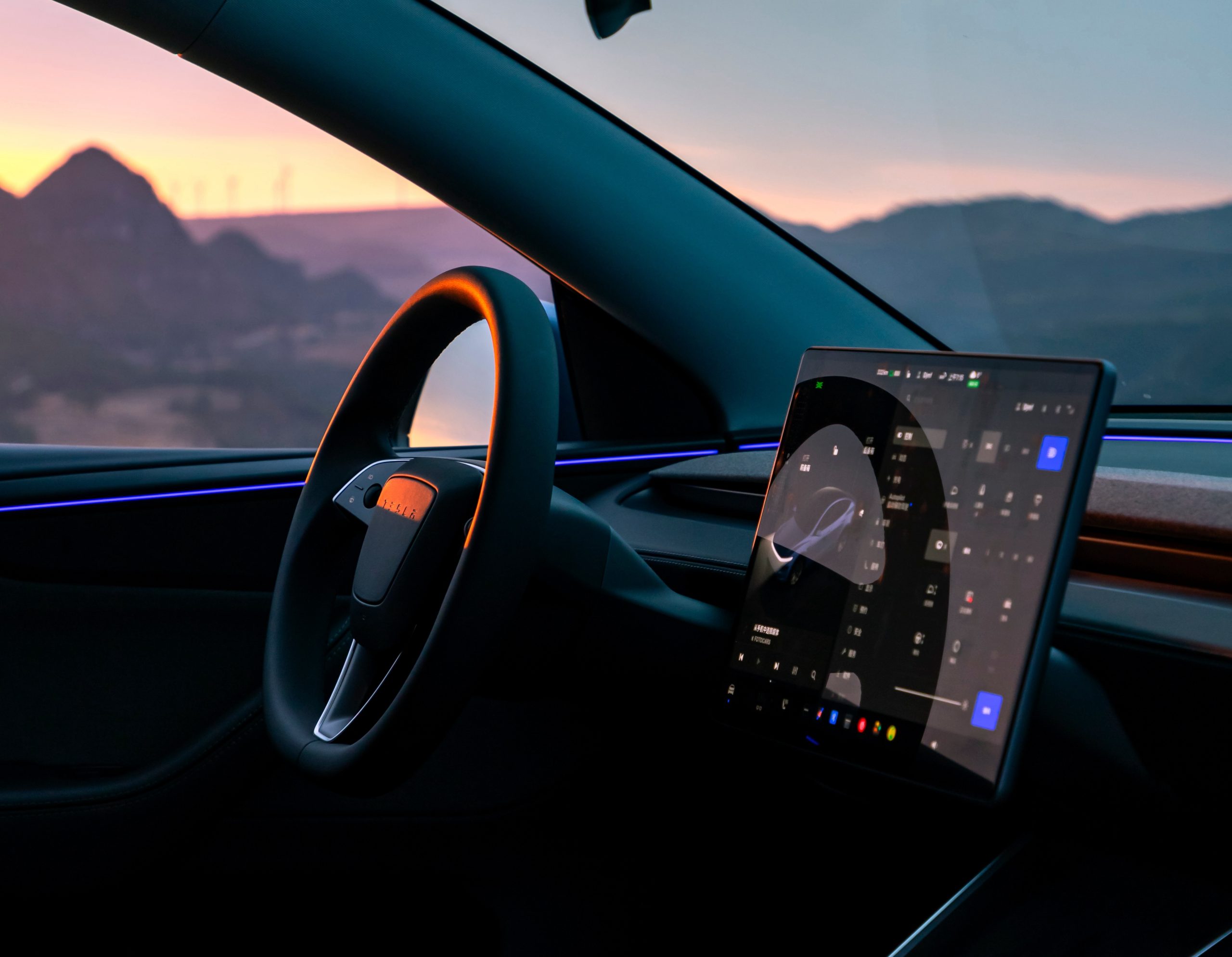
Elon Musk announced on Thursday that Grok, the large language model developed by his startup xAI, will soon be available in Tesla vehicles. Grok’s rollout to Tesla vehicles is expected to begin next week at the latest, further deepening the ties between the two Elon Musk-led companies.
Tesla–xAI synergy
Musk confirmed the news on X shortly after livestreaming the release of Grok 4, xAI’s latest large language model. “Grok is coming to Tesla vehicles very soon. Next week at the latest,” Musk wrote in a post on social media platform X.
During the livestream, Musk and several members of the xAI team highlighted several upgrades to Grok 4’s voice capabilities and performance metrics, positioning the LLM as competitive with top-tier models from OpenAI and Google.
The in-vehicle integration of Grok marks a new chapter in Tesla’s AI development. While Tesla has long relied on in-house systems for autonomous driving and energy optimization, Grok’s integration would introduce conversational AI directly into its vehicles’ user experience. This integration could potentially improve customer interaction inside Tesla vehicles.
xAI and Tesla’s collaborative footprint
Grok’s upcoming rollout to Tesla vehicles adds to a growing business relationship between Tesla and xAI. Earlier this year, Tesla disclosed that it generated $198.3 million in revenue from commercial, consulting, and support agreements with xAI, as noted in a report from Bloomberg News. A large portion of that amount, however, came from the sale of Megapack energy storage systems to the artificial intelligence startup.
In July 2023, Musk polled X users about whether Tesla should invest $5 billion in xAI. While no formal investment has been made so far, 68% of poll participants voted yes, and Musk has since stated that the idea would be discussed with Tesla’s board.
-

 Elon Musk1 week ago
Elon Musk1 week agoTesla investors will be shocked by Jim Cramer’s latest assessment
-

 Elon Musk3 days ago
Elon Musk3 days agoElon Musk confirms Grok 4 launch on July 9 with livestream event
-

 Elon Musk17 hours ago
Elon Musk17 hours agoxAI launches Grok 4 with new $300/month SuperGrok Heavy subscription
-

 News7 days ago
News7 days agoTesla Model 3 ranks as the safest new car in Europe for 2025, per Euro NCAP tests
-
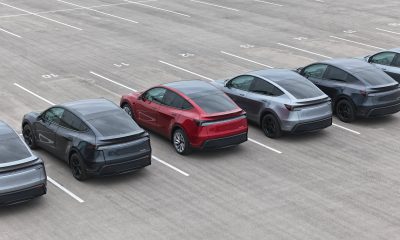
 Elon Musk2 weeks ago
Elon Musk2 weeks agoA Tesla just delivered itself to a customer autonomously, Elon Musk confirms
-

 Elon Musk1 week ago
Elon Musk1 week agoxAI’s Memphis data center receives air permit despite community criticism
-
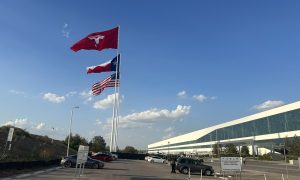
 Elon Musk2 weeks ago
Elon Musk2 weeks agoTesla’s Omead Afshar, known as Elon Musk’s right-hand man, leaves company: reports
-

 News2 weeks ago
News2 weeks agoXiaomi CEO congratulates Tesla on first FSD delivery: “We have to continue learning!”


